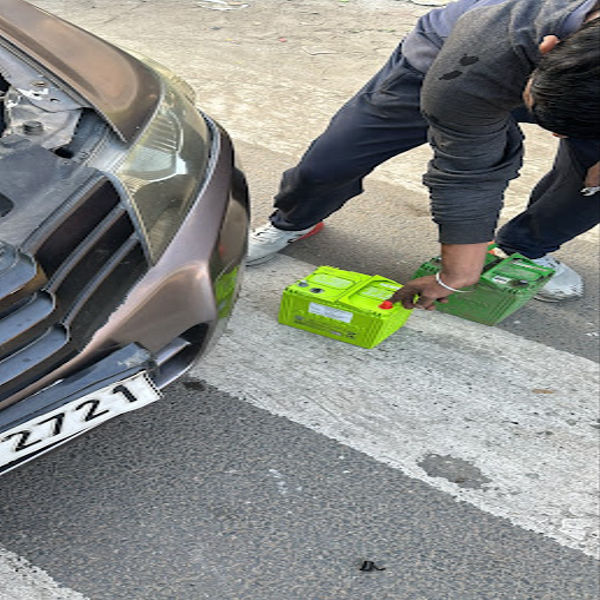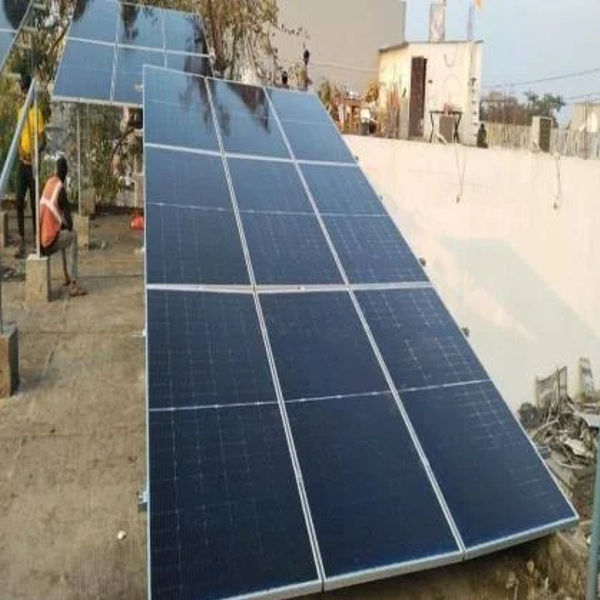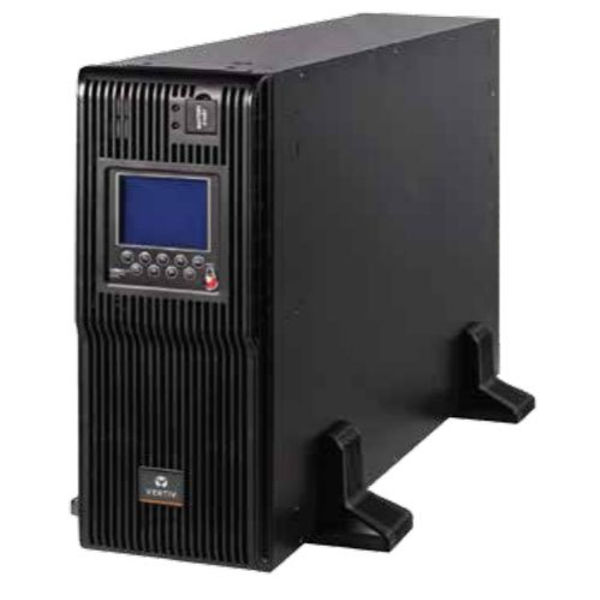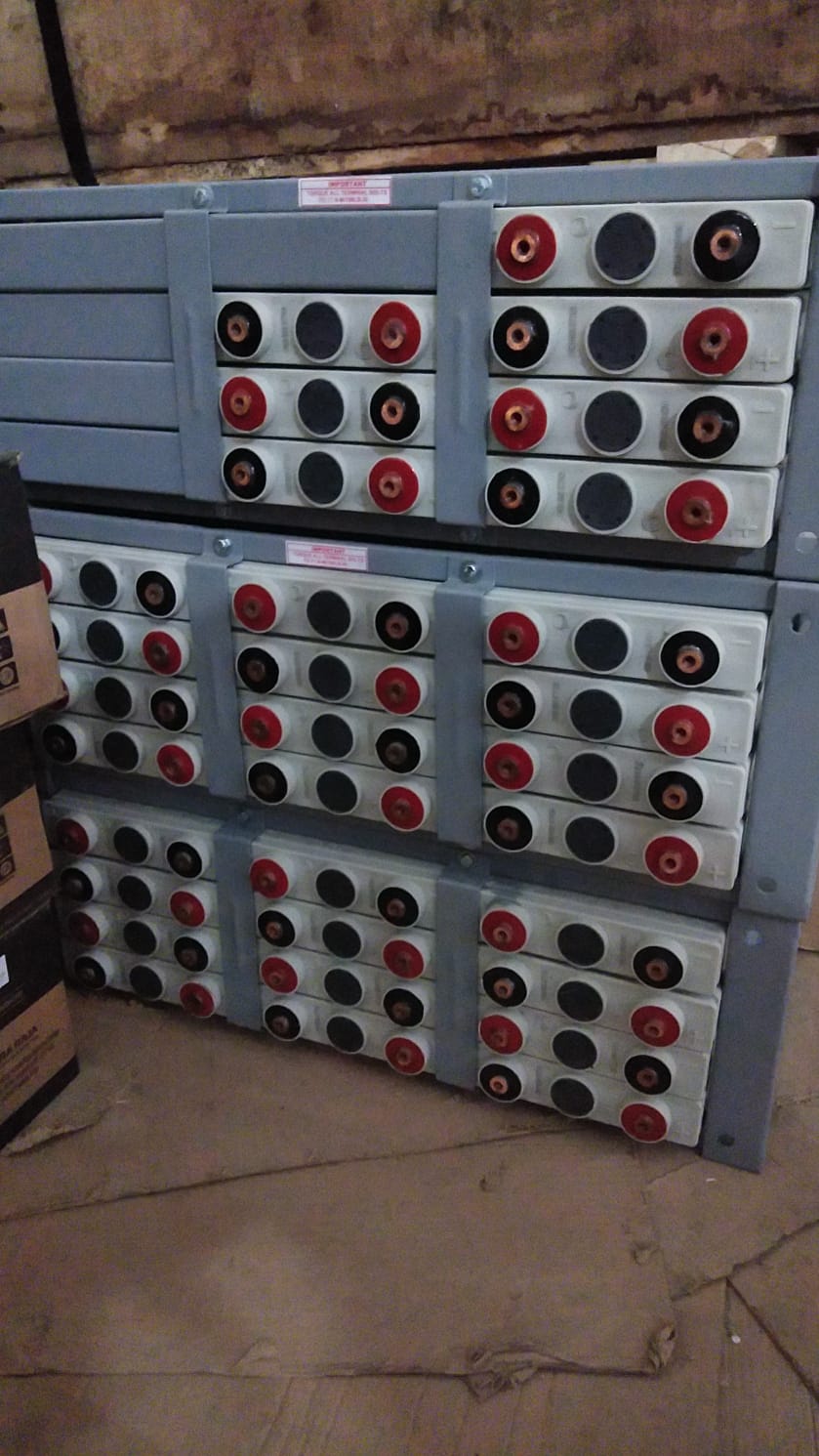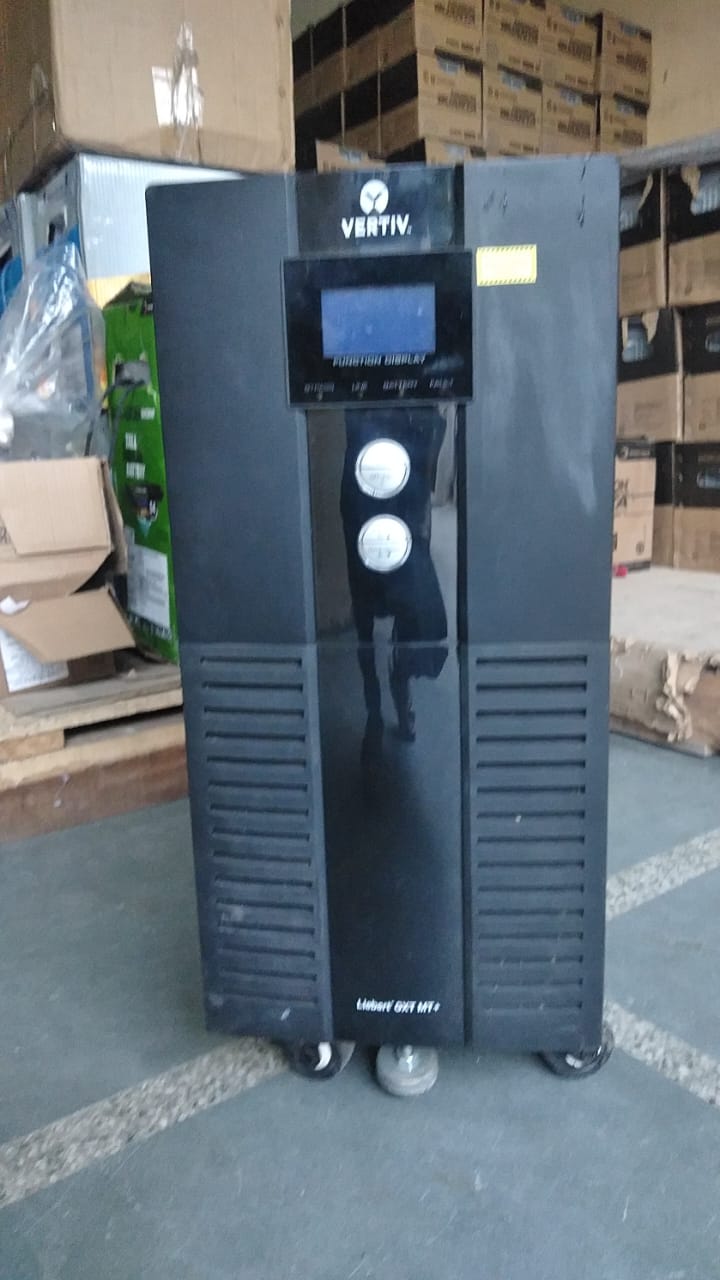Exide is a well-known manufacturer of batteries, offering a diverse range of products for various applications. Here’s an overview of the types of batteries Exide produces, along with key details for each category: 1. Lead-Acid Batteries Flooded Lead-Acid Batteries: Commonly used in automotive and industrial applications. They require maintenance and regular topping up of electrolyte. AGM (Absorbent Glass Mat) Batteries: Sealed batteries that provide higher discharge rates and are maintenance-free. Used in applications like motorcycles, UPS systems, and power sports. Gel Batteries: Similar to AGM but use a gel electrolyte. Ideal for deep cycle applications and environments where safety is a concern. 2. Automotive Batteries Starting, Lighting, and Ignition (SLI) Batteries: Designed for starting vehicles and powering electrical systems. Available in both conventional and maintenance-free options. Heavy-Duty Batteries: Engineered for commercial vehicles and trucks, providing enhanced durability and power. 3. Industrial Batteries Forklift and Motive Power Batteries: Designed for electric forklifts and material handling equipment. Available in flooded and sealed designs. Stationary Batteries: Used for backup power in telecom, renewable energy, and UPS systems. They provide reliable power during outages. 4. Solar Batteries Deep Cycle Batteries: Designed for renewable energy systems, including solar applications. They can withstand deep discharges and have a long cycle life. 5. Specialty Batteries Marine Batteries: Designed for boats and marine applications, offering both starting and deep cycle capabilities. Railway Batteries: Custom-designed for railway applications, providing robust performance in demanding conditions. Key Features Durability: Many Exide batteries are built to withstand extreme temperatures and conditions. Maintenance Options: Choices between maintenance-free and traditional flooded designs. Warranty: Varies by product type, often offering multi-year warranties for performance assurance. Applications Automotive: Cars, trucks, motorcycles, and commercial vehicles. Industrial: Forklifts, UPS systems, telecom equipment, and renewable energy systems. Marine: Boats and recreational vehicles. Technical Specifications Voltage Ratings: Commonly available in 6V, 12V, and 24V configurations. Capacity Ratings: Varies by battery type and application, typically measured in amp-hours (Ah). Dimensions: Varies widely depending on the application and type. Maintenance and Support Service Centers: Exide provides service support and maintenance guidance for various battery types. Recycling Programs: Commitment to environmental sustainability through battery recycling initiatives. Conclusion Exide offers a comprehensive range of batteries suited for numerous applications across automotive, industrial, and renewable energy sectors. For specific product details, specifications, and the latest offerings, it’s advisable to visit Exide's official website or contact their customer service for personalized assistance.


